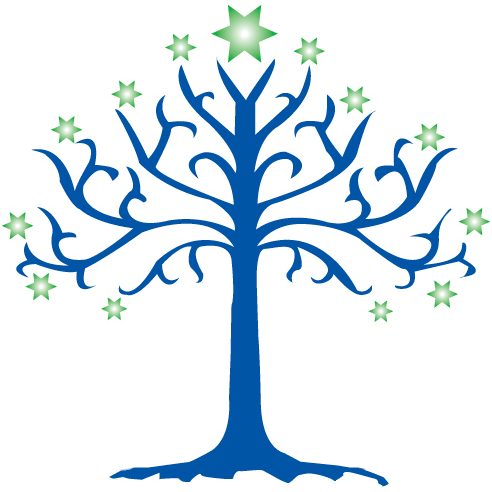The Intermediate Pod is home to the third and fourth-grade students. Students in this Pod range from eight and ten years. Children in this phase of development have many of their gross motor skills developed. Fine motor skills are refined by the end of third grade through the practice of writing, drawing, using scissors, and getting dressed, which help fine-tune the coordination of the smaller muscles in our hands and arms.
There is often profound cognitive growth during these years. Student independence, thinking, and problem-solving skills all increase. Students are able to verbally articulate themselves at a higher level, and they start to explore and become interested in more specific activities that interest them. Socially and emotionally they become more aware of what others think of them, may feel the need to fit in, and are concerned with fairness.
The Intermediate Pod is unique in that teachers facilitate opportunities for students to fully take ownership of their education. Students are encouraged to explore any of the intelligences as described by Howard Gardner through the development of MI projects. Students are allowed to select a topic to research and decide how they will present the information to their fellow classmates. The research approach and presentation process can both be MI specific and can broach more than one intelligence.
Each of the academic subjects is carried by one teacher. ELA works from the Reading Streets curriculum for both third and fourth grade. Elements of the Collins writing program including Type 1, where students are encouraged to brainstorm and get ideas down on paper, and Type 2 where students work on developing a topic and expressing what they know about that topic. Vocabulary cards are developed through the Collins writing program as well. The multiple intelligence approach is incorporated in various ways including spelling assignments of hiding words in a drawing, rainbow writing, and using words in a story. In addition, students complete many other activities in reading such as listening to the story of the week, writing poetry, writing weather forecasts and recording them on Chromebooks, reading a play and creating an original script that is performed, creating a timeline book report, and making a book in a bag book report. Grammar concepts introduced through the series is reinforced through song or hands-on activities such as using legos with the two base words written on two legos that connect to a third lego labeled with the appropriate contraction. Weekly, students prepare a written response to a question that requires them to use text-based evidence to complete their responses.
Students continue to work with the Everyday Mathematics program, in addition, students also use ConnectEd, Imagine Mathematics, and Xtra Math to help encourage self-directed learning. A typical Everyday Mathematics lesson consists of a warm-up, math message, lesson focus, and practice. Students are typically assigned a Home Link four times a week. The Home Link is typically one page and serves as a wonderful form of assessment to see if a student has truly grasped the concepts covered during that day’s lesson. On the day a Home Link is not assigned, the class normally has a “flex” day, which is used to review concepts students may need to spend more time practicing. On flex days students are able to take the opportunity to spend extra time utilizing all of the wonderful manipulatives and games that accompany the Everyday Mathematics program. Students frequently work in partners and groups, activating the interpersonal intelligence. Students are also given opportunities to work their intrapersonal intelligence through independent tasks. Our mathematics curriculum naturally activates the mathematical-logical intelligence, and manipulatives we use to bring both the bodily-kinesthetic and visual-spatial intelligences into play. By observing and analyzing patterns, students utilize their naturalistic intelligence. Teachers even activate the musical-rhythmic and verbal-linguistic intelligences through multiples songs that help students gain familiarity with the multiplication facts. Students are assessed through observation, questioning, and their Home Link on a daily basis. They have a summative assessment at the end of each Everyday Mathematics unit of study.
The other core content is Cultures. Along with Cultures, students work with Scholastic News and leading the Multiple Intelligence projects. Students start off the year learning about the history of Pennsylvania through an interactive notebook along with small and independent projects. Students also focus on a unit on Communities where students learn about rural, urban and suburban areas around the world and culminate the unit by creating a shoebox diorama as an end of unit assessment. Students will inquire about current events around the world through Scholastic News. They learn about context clues, such as captions, words to know, graphs, maps, etc. Finally, all intermediate students complete three multiple intelligence projects. They are surveyed at the beginning of the year and pick their top three intelligences to complete three projects based on those intelligences. These projects are completed in class, and they have time during their independent block to research and work on these projects. Students present their projects to the class and have a reflection paper to fill out after.
